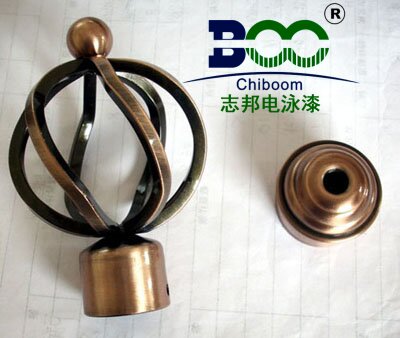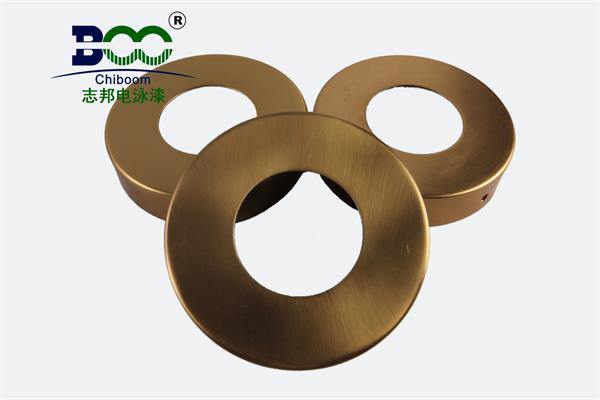Testing Methods for Hardness of Electrophoretic Paint
In the field of painting and coating, electrophoretic paint stands out for its excellent corrosion resistance, uniformity, and environmental friendliness, making it widely used in surface treatments for metal products such as automobiles and household appliances. However, the hardness of electrophoretic paint, as a crucial indicator of coating quality, directly affects the durability and aesthetic appeal of products. So, how exactly is the hardness of electrophoretic paint tested? Today, let's delve into the scientific world of electrophoretic paint hardness testing and uncover the mysteries behind this key process.
The testing of electrophoretic paint hardness essentially assesses the coating's resistance to mechanical actions like scratching and indentation. One of the most commonly used methods for this purpose is the pencil hardness test, standardized under ASTM D3363-00 (or its latest revision). This method, developed by the American Society for Testing and Materials (ASTM), has gained widespread recognition and application.
The pencil hardness test is based on the principle of using a series of pencils with known hardness levels (ranging from the softest 6B to the hardest 6H, with gradations like 5B, 4B, and so on) to scratch the surface of the electrophoretic paint coating at a specific angle (typically 45°) and with a consistent force. During the test, starting with the hardest pencil, the tester gradually moves to softer ones until they find the pencil that leaves a visible scratch on the coating surface or fails to fully penetrate it. The hardness level of this pencil is then considered the hardness rating of the electrophoretic paint coating.

However, it's important to note that the results of the pencil hardness test can be influenced by various factors, such as the sharpness of the pencil, the consistency of the test angle and force, the thickness of the coating, and its degree of cure. Therefore, it's crucial to strictly control these conditions during testing to ensure accurate and repeatable results.
Apart from the pencil hardness test, there are other methods for testing the hardness of electrophoretic paint, including indentation hardness testers and scratch hardness testers. Each of these methods has its strengths and limitations, suited to different testing needs and scenarios. For instance, the indentation hardness tester measures the force required to indent the coating surface to a certain depth, ideal for precise quantification of coating hardness. On the other hand, the scratch hardness tester simulates actual scratching conditions to evaluate the coating's scratch resistance, making it more relevant to real-world applications.
In summary, testing the hardness of electrophoretic paint is an integral part of the painting and coating industry. Through scientific and accurate testing methods, we can gain a comprehensive understanding of the hardness properties of electrophoretic paint coatings, providing strong support for product quality control and performance enhancement. As technology advances and testing methods evolve, electrophoretic paint hardness testing will become more precise and efficient, injecting new vitality into the development of the painting and coating industry.





 WeChat
WeChat